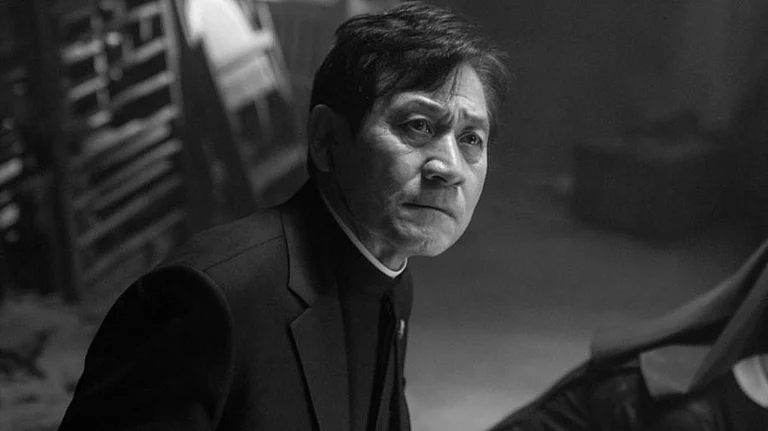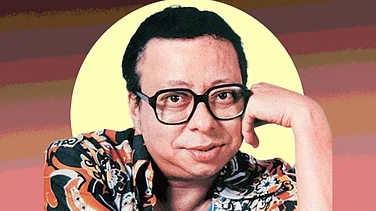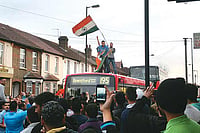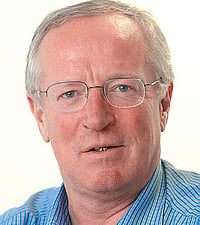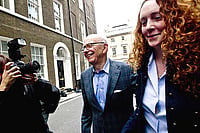Saptarshi Ray talked to Anish Kapoor at his London studio. Excerpts:
What prompted the idea for this exhibition? And is it on the scale you wished for?
I’ve always had this scale of exhibition in mind in India, which is fairly generous, let’s say. The problem is, sculpture by nature is of a certain scale, you can’t miniaturise it or break it up...so it’s been a long attempt to find the right space. And then of course there is the logistics of moving certain things, many of the pieces are of a certain size and that just takes awhile, which takes commitments—both financial and logistical. This is why we’ve had to assemble this team together in order to be able to do this—the Indian government, the British Council, the Lisson Gallery, Luis Vuitton and so on.
How much influence did your childhood in Bombay have on you?
The Prince of Wales Museum in Bombay, especially in the late 1960s, was absolutely dead. There were a few things very mustily shown, but it was almost as if in India, post-independence, the museums were trying to form an idea of what an Indian visual context might be, but it was full of cliches, cliches that we’ve bought into.
You’ve cited the Jantar Mantar park in Jaipur and the Elephanta caves as inspirational places.
It wasn’t really until I left India and lived here that they became special—maybe it always works like that...one forms a mythological vision of some kind where those things become important. It’s not incidental that E.M. Forster used the caves as a metaphor for that dark mysterious interior of India. I think it’s a very powerful emblem. There is something at least about the India I knew as a child...that remains profoundly unknowable, even in the imagination.
What became of the idea to create something to time with the recent Commonwealth Games?
It’s hard to overestimate what an effort this is, it’s like a military operation. The timing just wasn’t right.
Your exhibitions have stopped traffic in Chicago and caused a sensation in cities from Tokyo to Berlin, do you expect the same kind of response in Delhi and Mumbai?
What’s very important to me is to step beyond the art world. The art world in India is relatively small. So we’re trying to ensure the shows are free, not ticketed, available and approachable—that democratic agenda is a very important thing.
With your love of shiny surfaces and vibrant colours, is it a case perhaps that you can take the boy out of India but not the India out of the boy?
“Well, I don’t know about that...it’s your line!” (laughs)







